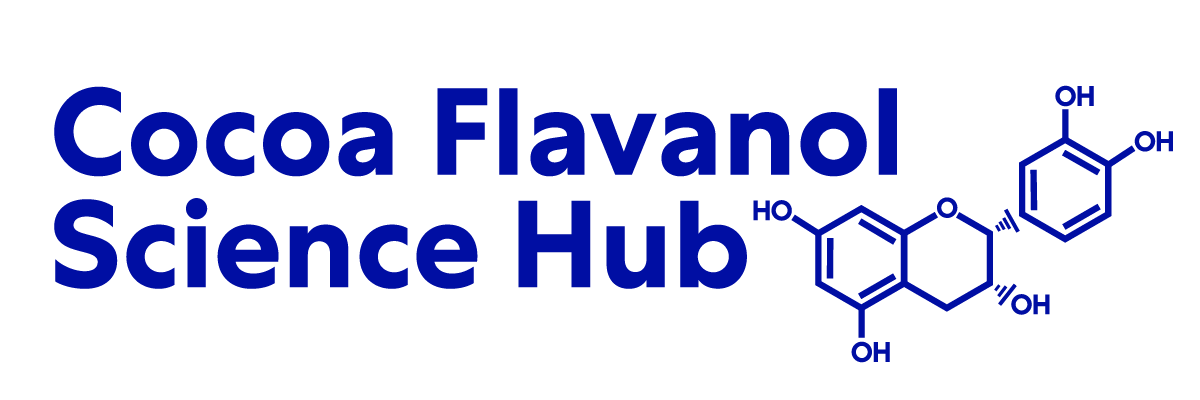Food of the gods: cure for humanity? A cultural history of the medicinal and ritual use of chocolate.
The medicinal use of cacao, or chocolate, both as a primary remedy and as a vehicle to deliver other medicines, originated in the New World and diffused to Europe in the mid 1500s. These practices originated among the Olmec, Maya and Mexica (Aztec). The word cacao is derived from Olmec and the subsequent Mayan languages (kakaw); the chocolate-related term cacahuatl is Nahuatl (Aztec language), derived from Olmec/Mayan etymology. Early colonial era documents included instructions for the medicinal use of cacao. The Badianus Codex (1552) noted the use of cacao flowers to treat fatigue, whereas the Florentine Codex (1590) offered a prescription of cacao beans, maize and the herb tlacoxochitl (Calliandra anomala) to alleviate fever and panting of breath and to treat the faint of heart. Subsequent 16th to early 20th century manuscripts produced in Europe and New Spain revealed >100 medicinal uses for cacao/chocolate. Three consistent roles can be identified: 1) to treat emaciated patients to gain weight; 2) to stimulate nervous systems of apathetic, exhausted or feeble patients; and 3) to improve digestion and elimination where cacao/chocolate countered the effects of stagnant or weak stomachs, stimulated kidneys and improved bowel function. Additional medical complaints treated with chocolate/cacao have included anemia, poor appetite, mental fatigue, poor breast milk production, consumption/tuberculosis, fever, gout, kidney stones, reduced longevity and poor sexual appetite/low virility. Chocolate paste was a medium used to administer drugs and to counter the taste of bitter pharmacological additives. In addition to cacao beans, preparations of cacao bark, oil (cacao butter), leaves and flowers have been used to treat burns, bowel dysfunction, cuts and skin irritations.
See the Full Study > (opens in a new tab)









